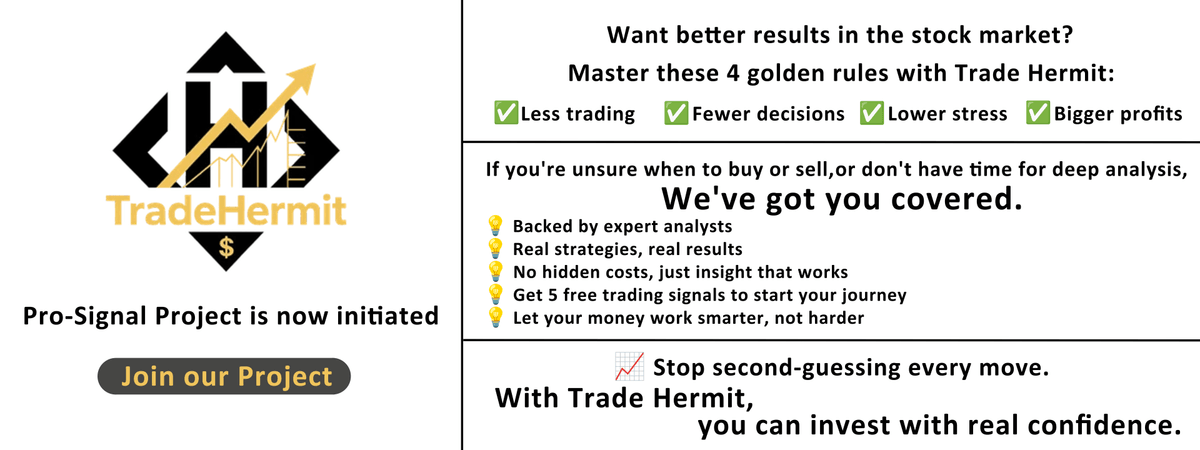On Tuesday, July 16, U.S. equities extended their resilience amid a high-level consolidation phase. The S&P 500 rose 19.94 points (+0.32%) and closed with a small bullish candlestick featuring a lower shadow, while the Nasdaq gained 52.69 points (+0.25%), closing just above its 5-day moving average. Investors remain caught between cautious profit-taking and the persistence of a slow upward grind. Below is a breakdown of key developments:
1. Technical Overview: Short-Term Pressure Eases
After Monday's bearish close raised concerns about a potential top, Tuesday’s candle on the S&P 500 offered some relief. The presence of a lower shadow indicates intraday selling pressure was absorbed by dip-buyers, resulting in a positive close. The index remains near record highs, suggesting the prevailing uptrend remains intact.
The Nasdaq mirrored this resilience, closing with a small gain and holding its 5-day MA — a key short-term support level. The broader moving average structure remains bullish, with no technical confirmation of a trend reversal.
Market consensus: Maintain core positions, avoid aggressive chasing. The risk of a pullback remains if momentum falters at these elevated levels.
2. Crypto Bill Advances: CRCL Soars 19% on Regulatory Momentum
This week marks “Crypto Week” in Congress, with key legislation under review. Notably, the previously stalled Genius Act (focused on stablecoin regulation) passed a procedural vote (215–211), clearing a major hurdle toward formal approval. Although not yet law, this development ignited a sharp rally in crypto-related equities.
CRCL, a leading compliance platform in the sector, surged 19% intraday. Related names such as Hood Coin also climbed.
Market logic: Regulatory clarity would provide a framework for stablecoin issuance and trading, favoring compliant platforms like CRCL. Conversely, failure to pass the bill could trigger sharp retracements in speculative crypto plays.
3. NVIDIA Extends Rally: Eyes $5 Trillion Market Cap, China a Critical Driver
NVIDIA continues its parabolic ascent, pushing past $4 trillion in market capitalization and targeting the next psychological milestone. This reflects both extraordinary capital inflows and NVIDIA’s dominant position in the AI semiconductor space.
Key catalysts:
- H20 Export Resumption: U.S. regulators approved NVIDIA’s H20 AI chips for export to China. With China accounting for 13% of NVIDIA’s revenue, this reversal could recapture over $10B in lost business.
- CEO Jensen Huang’s Strategic Diplomacy: Huang made his third visit to China this year, donning traditional attire and delivering a Mandarin keynote praising China’s open-source AI community. He singled out Tencent, Xiaomi, and NetEase as partners.
While the move may be partly political, markets are increasingly optimistic about NVIDIA’s China exposure and long-term earnings trajectory.
4. ASML Misses Despite Strong Earnings: Forward Guidance Disappoints
Semiconductor equipment giant ASML reported solid results: Q2 revenue at €7.7B (+24% YoY) and EPS at €5.9 (+47% YoY), both above expectations. Yet, the stock declined sharply on high volume.
Investor concern: Management failed to provide a clear outlook for 2026 growth. This “strong current earnings vs. unclear future” pattern has repeated multiple times over the past two years, often triggering selloffs.
Lesson: Earnings are backward-looking. In high-valuation environments, markets price in forward momentum — and any ambiguity becomes a drag.
5. Quantum Computing Rally: RGTI Breakthrough Ignites Small-Cap Surge
Quantum computing stock RGTI jumped sharply after announcing its latest architecture cut qubit error rates in half. The firm unveiled a scalable system linking four 9-qubit chips to surpass 100 qubits — a level with theoretical compute capacity of 2^100.
Quantum computing remains in early-stage development but offers significant upside potential. Other related names include IIONQQBT and SQUBT. Given their volatility and low liquidity, these names may suit aggressive investors seeking exposure to next-gen technologies.
6. Trump’s Fed Pressure Fails to Move Markets: Independence Holds Firm
Donald Trump has resumed his campaign-era rhetoric about the Federal Reserve — threatening to fire Chair Powell and demanding 300 bps in rate cuts. Yet the bond market remains unmoved: the probability of a rate hold in July remains at 97%.
Why? The Federal Reserve’s independence is legally protected under the Federal Reserve Act. Policymakers are guided by inflation (CPI, PCE) and employment data — not political agendas. Attempts to politicize monetary policy risk long-term instability, inflation, and potential credit downgrades (as seen in Hungary’s past).
For investors: Central bank independence acts as a stabilizer. Any deviation could introduce more volatility than relief.
7. Hedge Funds Rotate from Banks to Staples: Defense Takes Priority
Despite strong earnings from banks (JPMorgan, Citigroup), hedge funds are offloading financials and reallocating toward consumer staples — including Procter & Gamble, Coca-Cola, Walmart, and Costco.
Rationale: In an environment of tariff pressure and potential slowdown, essential goods offer more predictable demand and serve as a safe haven.
Example: Costco’s stock is under pressure, nearing its 200-day MA, but with a TTM P/E of 54, it remains richly valued. Still, its historically low drawdowns and consistent earnings make it a preferred defensive allocation.
Conclusion: In High Markets, Focus on Clarity
The July 16 session reflected a balancing act: broad market resilience, thematic surges (crypto, quantum), and divergent corporate outlooks (NVIDIA vs. ASML).
Key takeaway for investors: In a high-level market, the best strategy is to focus on clarity over hype. Maintain positions in high-quality names, avoid speculative chasing, and watch for confirmation in key trends — whether it’s crypto regulation, semiconductor recovery, or Fed policy developments.
Patience and discipline remain your best tools in a stretched but not broken bull market.

